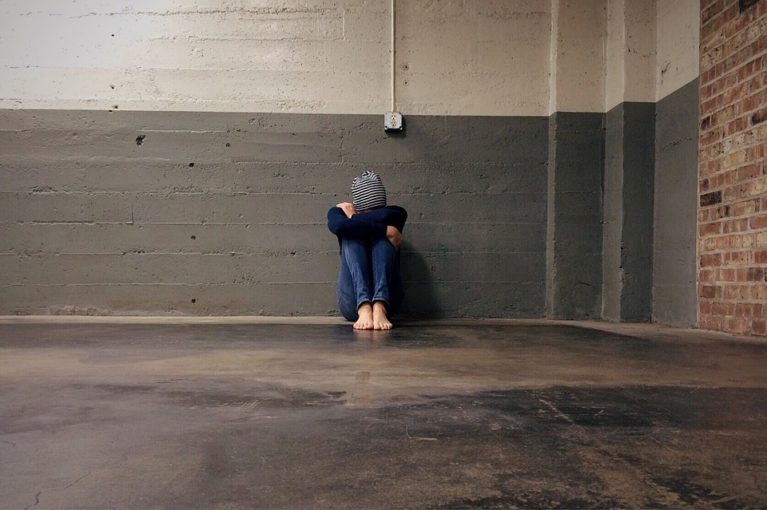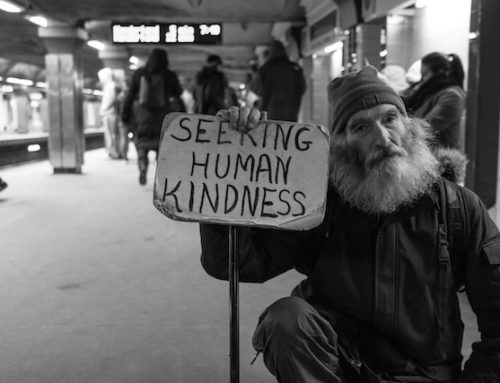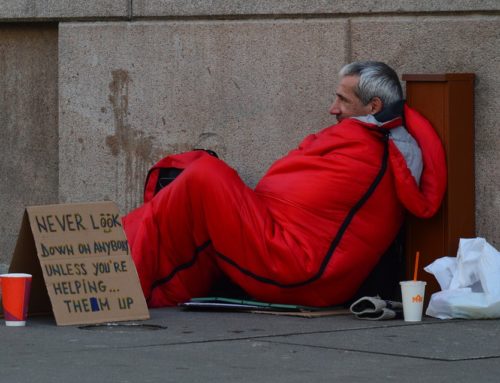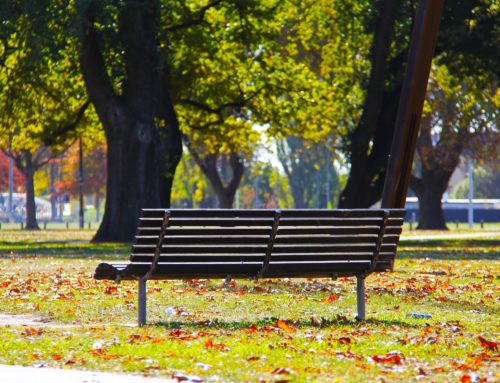It’s nice to have a rosy view of the college years–a time of personal growth and learning. Bright-eyed young people are figuring out who they are or want to be in a world full of opportunities. We often imagine that the stress of college life ends at too much homework or roommate drama. However, for many students, this view is far from reality.
Not only are the more fortunate among the growing number of homeless students ascending into college, we’ve also seen a troubling trend of middle-class students who become poor only by dint of the fact that they are attending college. Loans, grants, part-time jobs, and parents who are mortgaged to the hilt are just not enough for many students to manage the expenses that come with pursuing higher education.
We’ve grown sadly familiar with stories of struggling people having to choose between two basic needs, like medication and food, paying the rent and keeping their car. What happens when the choice is between paying for college and paying for an apartment? Paying for textbooks or paying for nutritious food? The immediate needs must be addressed, and educational pursuits are cut tragically short.
Over a third of college students lack stable housing and don’t always have enough to eat, according to a survey published by researchers at Temple University and the Wisconsin HOPE Lab. According to the same study, 9 percent are homeless. These numbers are more extreme for students attending community colleges than private universities.
In fact, a survey of students at Bunker Hill Community College in Boston found that 13 percent of BHCC students are homeless. Housing instability can mean a student is often evicted, living in a shelter, “couch surfing”, or sleeping in vacant buildings on campus. Students are also facing food insecurity–skipping meals, or eating unhealthy foods to save money. Both situations are detrimental to a student’s ability to focus or excel in classes, thus benefiting from the college experience.
Due to rising education costs, and the fact that many states do not extend food stamps benefits or public assistance to students unless they are working full time, more students than ever are forced to pile on the existing pressure of college with these tough, life-altering choices. The squeeze is on, and the extraordinary pressure is insurmountable to some.
As this growing crisis comes to light, schools, aid organizations, and charitable advocates are starting to take action. Often the schools themselves will address the needs of homeless and hungry students through grassroots fundraising and volunteer programs such as food pantries, cafeteria vouchers, and programs to match students with host families. More schools have started to keep dorms open over holiday breaks so students can stay on campus if they have no place to go. However, how many colleges and universities can be expected to also be charitable organizations? Is that really the solution?
In the face of these challenges, homeless students bravely continue to weather financial uncertainty and unsafe living situations because they believe in a higher goal: in elevating their own station in life. This is exactly the kind of action that raises the station of the homeless in this country and deserves the proper attention from those in a position to help. These students, especially, need a helping hand so they don’t fall through the cracks–garnering academic rewards instead of anemic ones.








